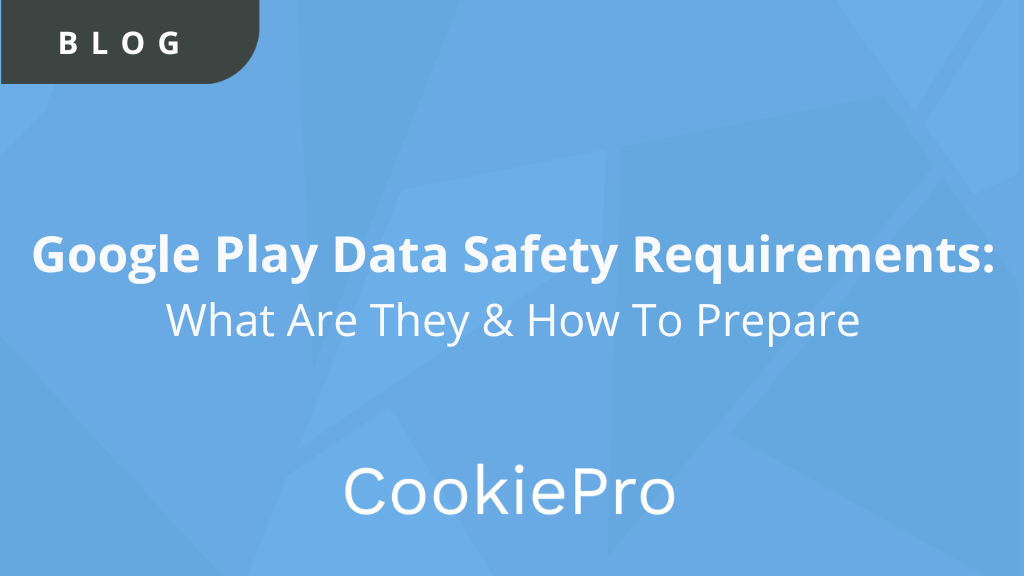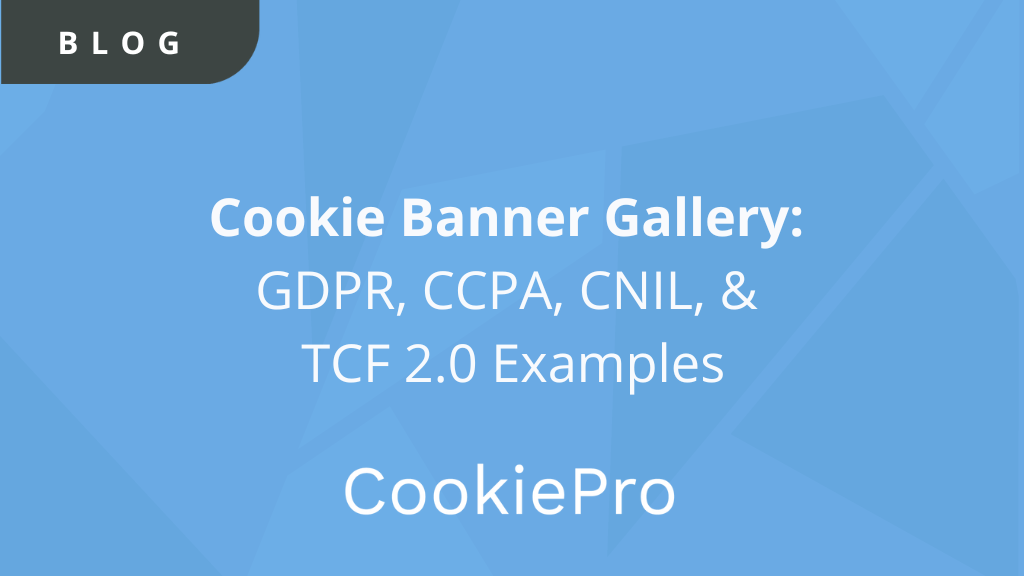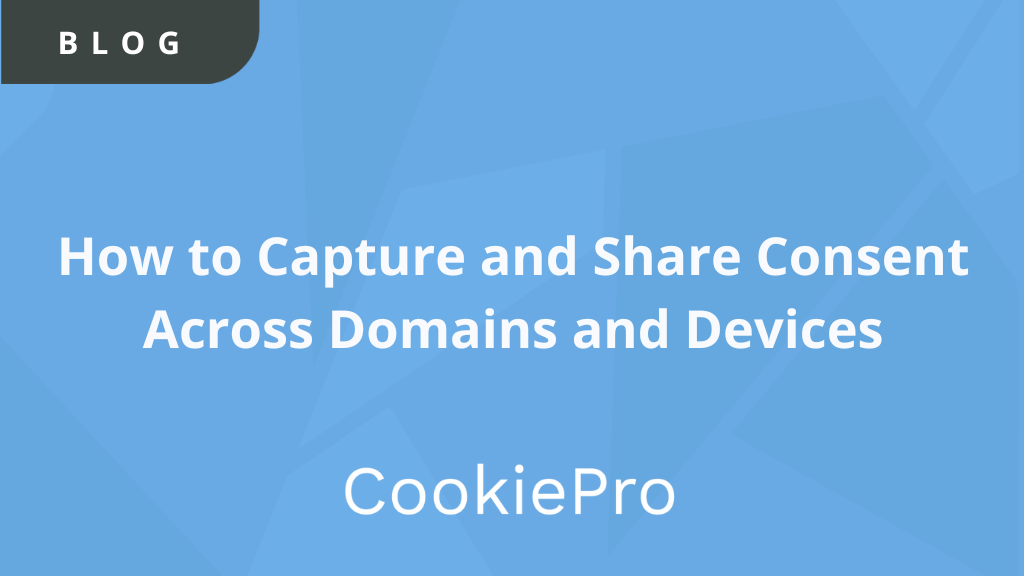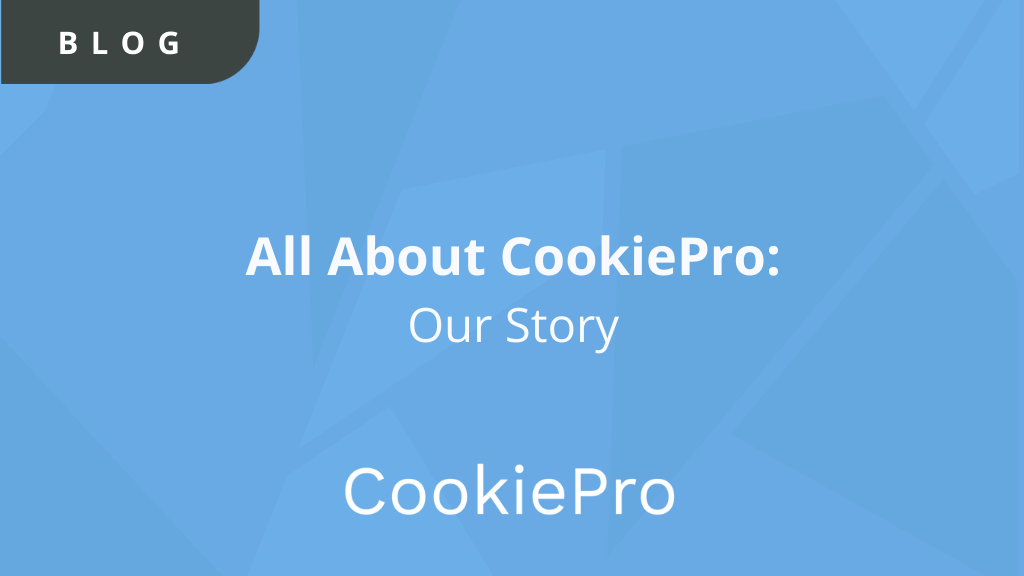Google Play Data Safety Requirements: What Are They & How To Prepare
Google Play has announced that July 20, 2022, is the deadline to accurately fill out its Data Safety Form. The purpose of this form is to...

Google Play has announced that July 20, 2022, is the deadline to accurately fill out its Data Safety Form. The purpose of this form is to roll out a new Google Play Data Safety section to users that require app developers to properly disclose the data they collect, if and how it’s shared with third parties, security practices, and more.
Data Safety Background
While Google’s requirements are similar to Apple’s Nutrition Labels, there are still some differences. Apple’s Nutrition Labels display the data an app collects while Google Play’s Data Safety section provides an opportunity for developers to detail more context behind that data collection. This is great news for marketers and developers who now have a chance to educate users on the value-add of their data and allows users to have more control over their privacy choices. It’s important to note, that it’s required that all apps fill out this form, regardless of if it collects data or not.
What are The Data Safety Requirements?
- Data Collection
- Libraries and SDK: including user data transmitted off device from your app by libraries and/or SDKs used in your app, regardless of whether data is transmitted to you or a third-party server.
- Webview: including user data collected from a webview that has been opened from your app.
- Ephemeral Processing: including user data transmitted off device that is processed ephemerally. But if this data is only used to process a specific request, and no other marketing purposes, then it will not be disclosed in your app’s Data safety section.
- Pseudonymous data – including user data collected pseudonymously must be disclosed.
- Data Sharing
- Off-device such as server to server transfers
- On-device transfer to another app
- From your app libraries and SDKs
- From webview which has been opened through your app
- Data Handling
- Disclose whether each data type collected by your app is “optional” or “required”.
- Other App & Data Disclosures
- Showcase your app’s privacy and security practices such as:
- Encryption in transit: is data collected/shared by your app using encryption in transit to protect the flow of user data from end user’s device to the server?
- Deletion request mechanism: does your app provide a way for users to request deletion of their data?
- Showcase your app’s privacy and security practices such as:
- Committed to Follow the Families policy
- Apps that have children as a target audience or have chosen to opt into Google Play’s Designed for Families program must follow Google Play’s Families Policy requirements.
- [Optional] Independent Security Review
- The opportunity to declare that your app has been independently validated against a global security standard.
How Does CookiePro Help?
CookiePro Mobile App Consent allows developers to gain insight into exactly what data-tracking technologies are collecting from their app users.
Start with a detailed mobile app scan to identify privacy permissions, frameworks, and SDKs, and get an overall better understanding of third-party trackers on your app with a pre-categorized database. Then use that scan report to fill out the required Google Data Safety section form.
Mobile apps that take a holistic approach to compliance and future-proof privacy and security requirements will be most successful. Visualize and understand the privacy health of your app with CookiePro’s mobile app scan and easily optimize your consent approach.
Ensure your users get the most optimal experience by leveraging CookiePro’s pre-built consent options, or customize your own. Unique consent approaches will be displayed to users based on their location, along with syncing consent and preferences across multiple devices.
Finally, monitor your opt-in rates overtime at a granular level and capture who consents, when, and what message they received upon giving consent. It’s even easier now to demonstrate compliance to regulatory bodies and auditors with a historical consent database with receipts and analytics to show the progress of your app’s privacy journey.
You Might Also Like











